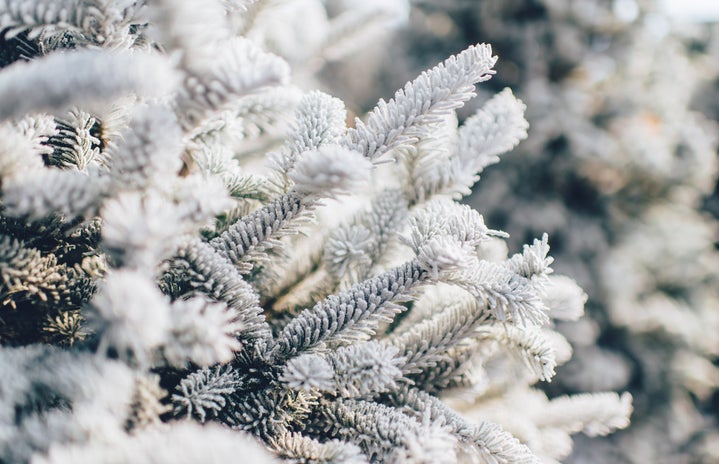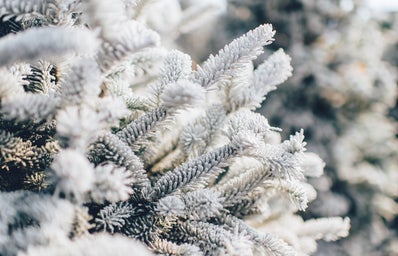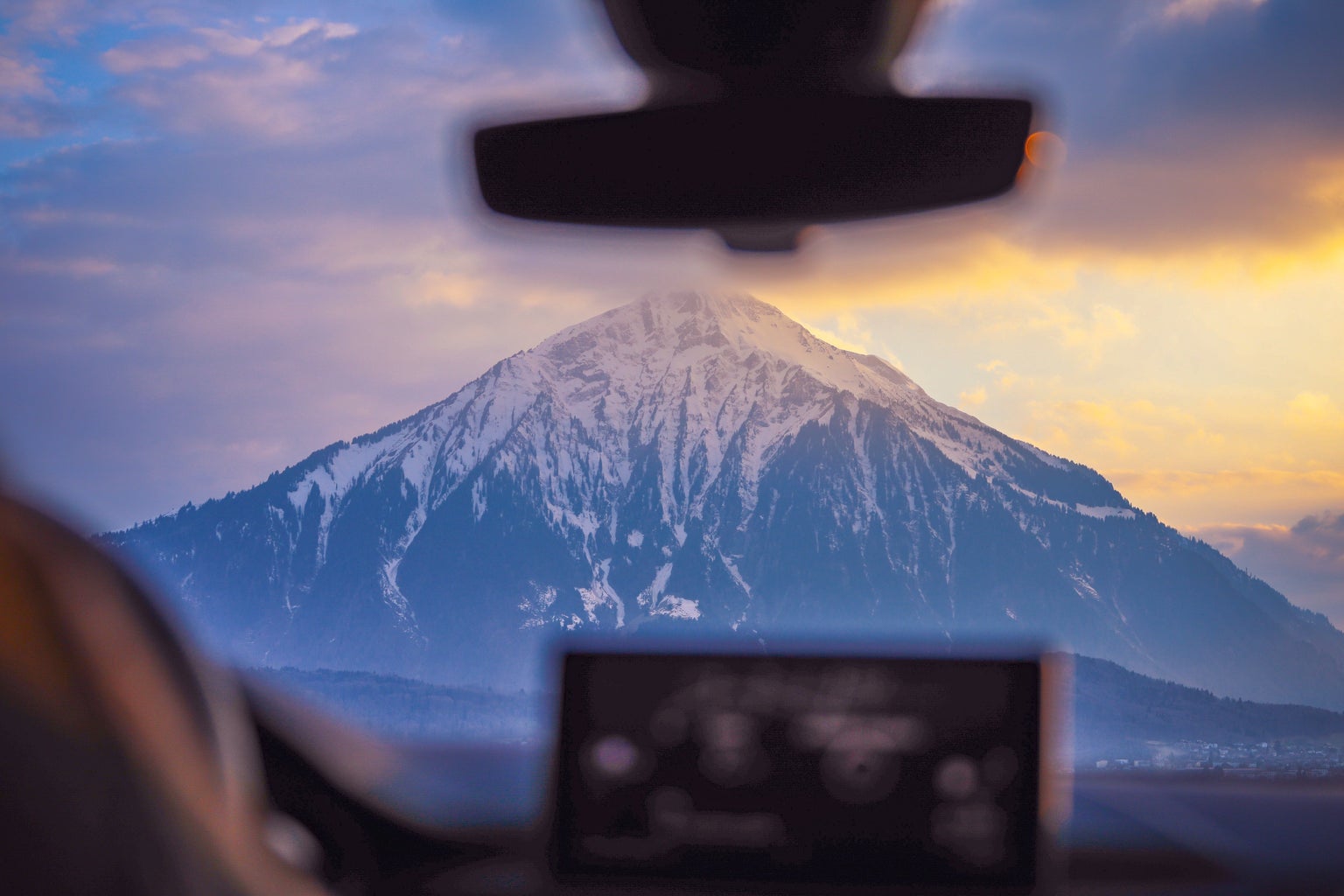Recently, I had the opportunity to attend a conference on Winter Sports and Climate Change at CU Boulder. The conference included fourteen people who work on examining climate change regarding Winter Sports. One of the most interesting sessions was called “Winter Sports and the Industry,” hosted by Jesse Ritner.
Jesse Ritner is a Ph.D. candidate at the University of Texas with a passion for skiing, snowmaking, and the environment. Ritner grew up on the East Coast skiing on mainly man-made snow, so his panel focused on the history of snowmaking and how snowmaking affects the environment.
Ritner explained, “The history of the ski industry has always been a history of how you make money by profiting off the climate. By making the climate work for you.” Ritner argues that the ski industry has always been about climate adaptation. Humans aren’t inherently built to withstand cold temperatures for long periods while strapping their feet to boards and flying down mountains; skis, ski gear, and chair lifts are all adaptations we made so we could contend with the climate. Only recently has the ski industry turned its attention to climate change adaptation.
By the 1930s, skiing had become more popular in the United States, but until the late 1940s, most ski resorts were only open for around two months out of the year. In 1949, snowmaking was invented, another adaptation altering the climate in our favor. By the 1970s, the majority of resorts were investing in snowmaking. Today, it’s estimated around 87% of U.S. ski resorts use snowmaking.
Snowmaking is the process of blowing tiny water particles into the air, where they freeze and fall to the ground. “Snow guns” use pressurized air or a high-power fan to get the water into tiny enough droplets to freeze.
Most snow guns use fossil fuels to power them, which has a massive impact on carbon emissions. While Canada does not make nearly as much snow as the U.S., a study found Canadian snowmaking uses 478,000 megawatt-hours (MWh) of electricity annually, which results in 130,095 tons of CO2 emissions. The average U.S. household produces about 7,500 tons of CO2 yearly.
Water consumption is also a problem when it comes to snowmaking. An Italian study found that up to 20,000 cubic meters of water are needed to cover a medium-sized ski slope around 1,600 meters long. Unfortunately, around 10% of the water used in snowmaking is lost to evaporation.
Another concern that arises in snowmaking is chemical and additive pollution. Many ski resorts add chemicals, additives, or bacteria to the water during snowmaking. These are often added in as an attempt to get the snow to melt slower and last longer. This can lead to pollution in the groundwater and harmful effects on the ecosystem.
But Ritner sees another impact of climate change and snowmaking… transportation. Due to snowmaking, ski resorts can stay open longer, therefore increasing carbon emissions through transportation to get to resorts. “When you expand mountains, you increase the carrying capacity of these mountains, so you incentivize more people to travel to these mountains,” Ritner explains, “this is useful for them staying open but is detrimental to solving the issue of human-caused climate change.”
While tracking the exact amount of carbon emissions from travel to ski resorts is hard, based on skier and transportation numbers, we can see it is vast. “600,000 people, on commercial jets, fly into Aspen airport alone each winter. The carbon emissions from the ski industry are truly astronomical. This is not a small amount of carbon emissions, and it might actually matter on a global scale,” Ritner said.
So what can be done? Ritner believes that using electric vehicles as transportation is not attainable. For one, many Americans cannot afford electric vehicles, and the use of lithium in their batteries is still up for debate. If mountains stop using snowmaking and shorten their season, then many jobs will be lost. Large hotels and lodges would not be occupied to capacity and still cause a considerable carbon footprint.
Unfortunately, maybe nothing can be done.
“It really raises the question of, as we try and adapt, some industries are likely just gonna have to go. Some ways of life are really just gonna have to go. And despite the major contributions of the ski industry,” says Ritner, “there’s something to be said about whether this is the place we actually want to put our foot down or whether all of us who love to ski, love winter sports, and love the outdoors may simply have to accept that this is something that we might be better off sacrificing for our sake and our children’s sake.”



